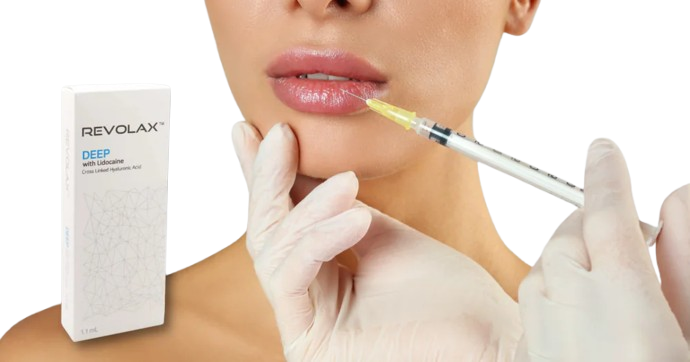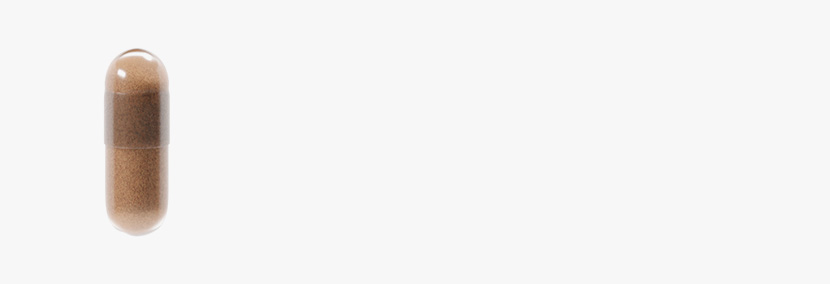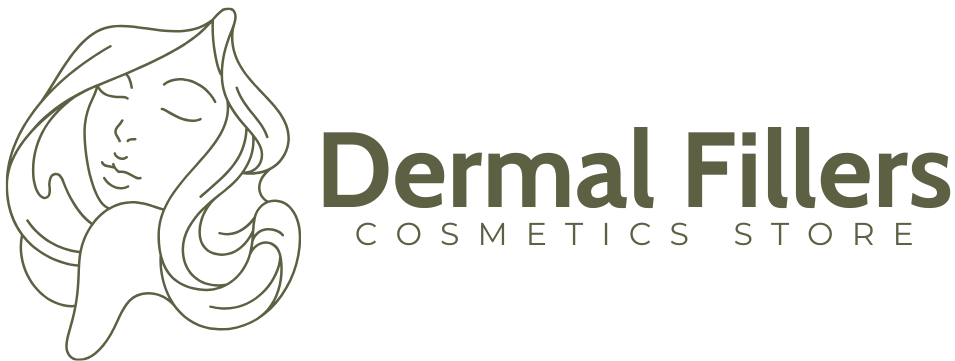Dysport
What Is Dysport?
Sep 7, 2025
Few medical discoveries have transformed modern care quite like botulinum toxin. Once feared as a dangerous cause of foodborne illness, this substance has been redefined through decades of research. Scientists learned that in carefully controlled doses, it works by blocking the release of acetylcholine, the chemical that signals muscles to contract. The result is temporary muscle relaxation—a property that has opened the door to both therapeutic treatments and cosmetic enhancements.
Among today’s neuromodulators, Dysport stands out with a formulation that sets it apart. Though it shares the same core neurotoxin as Botox and other brands, its diffusion, onset speed, and dosing needs give it a unique role in practice. These qualities influence how Dysport performs in different treatment areas and why some providers prefer it for certain patients.
In this article, we’ll break down what Dysport is, how it works, its FDA-approved uses, and how it compares with other injectables. Whether you’re a healthcare professional or someone considering treatment, this guide offers a clear, approachable look at one of today’s most versatile neuromodulators.
Key Takeaways
- Dysport is a botulinum toxin type A neuromodulator formulated with abobotulinumtoxinA.
- It blocks acetylcholine release at the neuromuscular junction, producing temporary muscle relaxation.
- FDA-approved uses include cervical dystonia, spasticity in patients 2 years and older (upper and lower limb), and glabellar lines in adults under 65.
- Cosmetic use beyond glabellar lines (e.g., forehead or crow’s feet) is considered off-label in the U.S., though commonly practiced.
- Dysport often has a faster onset (visible in 2–3 days) compared to Botox’s 3–5 days.
- Results generally last 3–4 months, with retreatment recommended no sooner than every 12 weeks.
- Its broader diffusion pattern makes it well-suited for larger treatment areas, while Botox offers more localized precision.
- Units are not interchangeable: a common guideline is 2.5 Dysport units ≈ 1 Botox unit, but providers must tailor dosing.
- Some practices find that Dysport provides broader coverage per vial, which may influence cost depending on the treatment plan.
About: Trusted by over 2,000+ global clients since 2014, Maylips has become a leading supplier of cosmetic, skincare, and orthopedic products for medical and aesthetic professionals. Maylips offers a wide range of authentic brand-name products at competitive wholesale prices, sourced from around the world. If you’re looking to buy Dysport online, contact our sales team for guidance.
Dysport’s Pharmacology: AbobotulinumtoxinA and Mechanism of Action
Dysport is formulated with abobotulinumtoxinA, a type of botulinum toxin type A that functions as a neuromodulator. Its activity centers on the neuromuscular junction, the point where nerves communicate with muscles. Normally, the neurotransmitter acetylcholine is released at this junction, triggering muscle contraction. Dysport works by blocking the release of acetylcholine, which reduces overactive muscle activity and produces a controlled, temporary relaxation of the treated area.


Once injected, Dysport binds to presynaptic nerve terminals and interrupts the normal communication between nerve and muscle. This precise mechanism is why Dysport is effective in both medical conditions, such as cervical dystonia, and in cosmetic uses, including reducing dynamic wrinkles caused by repetitive facial expressions.
Because its effects are dose-dependent and localized, Dysport must be administered by trained professionals. It also has slightly different distribution characteristics compared to other neuromodulators, which can influence how it is used in customized treatment plans.
FDA-approved Indications and Therapeutic Uses of Dysport
The FDA has approved Dysport for a range of conditions that span both neurology and aesthetic medicine. These indications highlight its versatility in treating both medical and cosmetic concerns.
Common FDA-Approved Uses
- Cervical Dystonia: Dysport reduces involuntary contractions of the neck muscles, helping relieve abnormal head posture and associated pain in adults.
- Spasticity (patients 2 years and older): Dysport is approved for the treatment of spasticity, which can involve both upper and lower limb presentations. This includes use in conditions such as cerebral palsy, supporting improved mobility and comfort.
- Glabellar Lines (frown lines between the eyebrows): In the U.S., Dysport is FDA-approved for smoothing moderate to severe glabellar lines in adults younger than 65. Other facial uses (like forehead lines or crow’s feet) are common in practice but considered off-label treatments, applied based on clinical judgment.
These indications emphasize Dysport’s role as both a therapeutic agent and a tool for facial rejuvenation. Dosing is individualized by physicians, who account for muscle mass, treatment area, and severity of symptoms when planning therapy.
Cosmetic Applications and Duration of Effect with Dysport
Beyond its medical applications, Dysport has become a popular choice in cosmetic practices. It is widely used to treat dynamic wrinkles, which are the lines that form from repeated muscle movements.


In the U.S., Dysport is FDA-approved for glabellar lines, the frown lines between the eyebrows. In real-world practice, providers also use Dysport off-label for other facial areas, including forehead creases, crow’s feet, cheeks, and even the neck, depending on patient goals and anatomy.


Patients often notice improvements in 2 to 3 days, which is slightly faster than some other neuromodulators. Results generally last 3 to 4 months, consistent with FDA labeling that recommends retreatment no more frequently than every 12 weeks. Duration can vary with factors like metabolism, muscle activity, and dosage.
Dysport is also valued for its wider diffusion pattern, which allows it to cover larger treatment areas smoothly, giving a natural-looking finish. Many providers choose Dysport when aiming for a softer, blended effect across the face. Its quick onset and consistent performance make it a go-to choice for patients who want both reliability and a refreshed appearance.
How Dysport Compares with Other Neuromodulators in Practice
When discussing Dysport vs Botox, or comparing Dysport with other neuromodulators like Xeomin, the differences are subtle yet meaningful. All of these products contain botulinum toxin type A, but their formulations influence how they act in practice.
Key Comparisons
- Onset of Action: Dysport often shows results in 2–3 days, while Botox may take 3–5 days. This quicker onset can be beneficial for patients preparing for events or those seeking faster results.
- Spread: Dysport has a broader diffusion pattern, making it effective for larger areas such as the forehead. Botox tends to remain more localized, which allows for precise treatment in smaller zones.
- Duration: Both generally last 3–4 months, though the duration varies between individuals. Some patients report slightly longer effects with one product compared to another.
- Units and Dosing: Dysport and Botox units are not interchangeable. A common conversion is about 2.5 Dysport units for every 1 Botox unit, but actual dosing depends on the treatment plan and provider expertise.
- Cost Considerations: While Dysport units are usually priced lower, they require more units per treatment. Some providers find that Dysport can offer broader coverage per vial, which may affect cost-effectiveness in certain cases.
Conclusion
Dysport is a versatile neuromodulator that delivers both medical and cosmetic benefits. With abobotulinumtoxinA as its active ingredient, it works by blocking acetylcholine release at the neuromuscular junction, resulting in controlled muscle relaxation. Its FDA-approved uses include spasticity, cervical dystonia, and glabellar lines, making it a trusted option across specialties.
Cosmetically, Dysport stands out for its fast onset, smooth diffusion, and ability to create natural-looking results. When compared to other neuromodulators, Dysport offers unique advantages in spread and speed, while maintaining a duration of effect consistent with industry standards.
Whether used to improve quality of life in medical conditions or to soften facial lines, Dysport remains a safe, effective, and well-studied treatment when administered by experienced professionals.
FAQs
1. What is Dysport and how does it work?
Dysport is a botulinum toxin type A injection that relaxes muscles by blocking acetylcholine release at nerve endings.
2. How long do Dysport results last?
Results usually last 3–4 months, depending on treatment area, dosage, and individual response to the injection.
3. What are the most common Dysport side effects?
Temporary side effects may include mild injection site pain, bruising, headache, or minor swelling that resolves quickly.
4. Who is a good candidate for Dysport treatment?
Adults seeking wrinkle reduction or management of spasticity-related conditions are typical candidates, pending provider evaluation.
5. How quickly will I see results from Dysport?
Most patients see visible improvements within 2–3 days, though full effects can take up to one week.
6. How is Dysport different from Botox?
While both are neuromodulators, Dysport spreads more easily and may provide faster onset in certain treatment areas.
7. Can Dysport be combined with other cosmetic treatments?
Yes, Dysport is often paired with dermal fillers or skin treatments to achieve more comprehensive aesthetic results.
Talk with our sales representative.
Book a Meeting
References
Monash A, Tam J, Rosen O, Soreq H. Botulinum neurotoxins: History, Mechanism, and applications. A Narrative review. Journal of Neurochemistry. 2025;169(8). doi:10.1111/jnc.70187
Ney JP. Neurologic uses of botulinum neurotoxin type A. Neuropsychiatric Disease and Treatment. 2008;Volume 3:785-798. doi:10.2147/ndt.s1612





